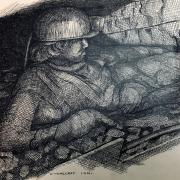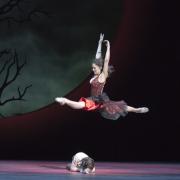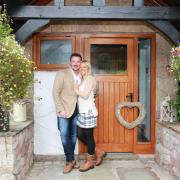Delightful delis, bijou boutiques, bars, restaurants and bookshops...Hale village, near Altrincham, has got the lot WORDS BY POLLY BERKELEY PHOTOGRAPHY BY DAVID BILLINGTON
Hale’s low-key affluence is evident in it boutiques and bistros. It’s the habitat of the fashionable Cheshire mum, who loves the fact she can step out of the door and buy everything from a freshly-baked loaf from the local bakery, to a posh frock for a party.
It’s just a short drive from Altrincham and yet it’s so different. Hale has a relaxed village-style feel. Well in the way that, say Hampstead in London, is a village. As well as having independent delis, butchers and grocers, it has boutiques, interior design shops jewellers and beauty salons. The ladies here simply have to be groomed!
In ancient times the original meaning of the name Hale was ‘nook’ and in spite of having, along with Hale Barns, some of the most expensive property outside the south east, this aptly describes the laid-back ambience of the area. Hale Barns used to be part of the original village but grew so large it is now a place in its own right.
For its modest size, it also has good places to eat. Dress code is a mixture of country and designer, on the menu everything from delicious Italian to a simple steak and a reviving cocktail or two.
Hale may be small but it packs a lot into its square mileage, everything from unusual designer labels to high-end lingerie. This could be just the place to do a little shopping without ever breaking into a sweat.
Not a place for history buffs it does have Royd House on Hale Road, which was designed and built by architect Edgar Wood and is regarded as one of the most advanced examples of early 20th century domestic architecture, referenced in a number of architectural digests.
Where is it?
Hale is about nine miles south west of Manchester and a close neighbour of Altrincham.
About HaleAlthough it is mentioned in the Domesday Book of 1086, Hale probably dates back to the 7th or 8th century, when it was mostly an agricultural area. It grew in the medieval era and was historically part of the Cheshire area. Hale and Hale Barns are among the wealthiest parts of England and consequently have some of the most expensive property.


























